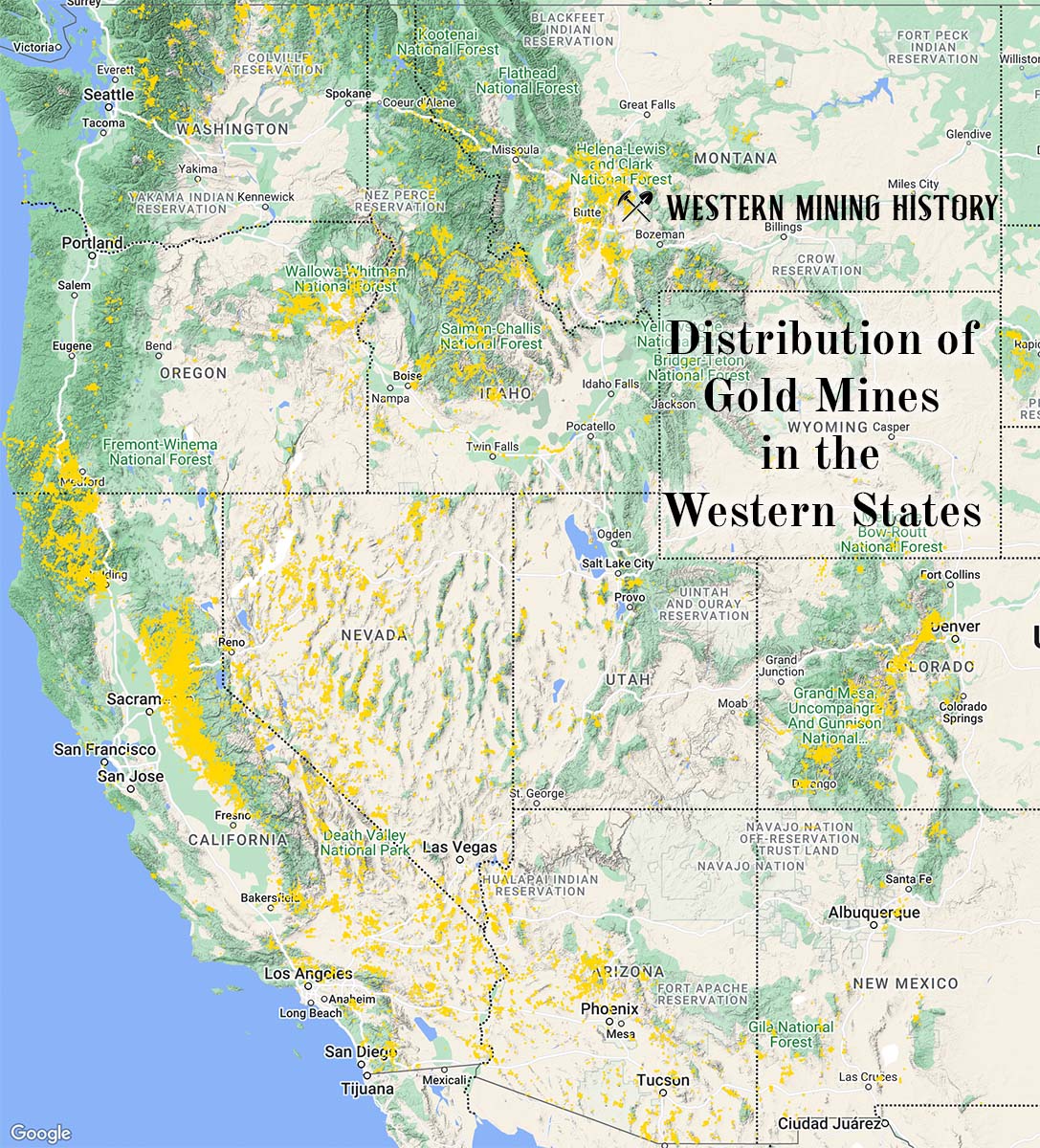The Buck is a copper and gold mine located in Alaska.
About the MRDS Data:
All mine locations were obtained from the USGS Mineral Resources Data System. The locations and other information in this database have not been verified for accuracy. It should be assumed that all mines are on private property.
Mine Info
Buck MRDS details
Site Name
Primary: Buck
Secondary: North Paula
Commodity
Primary: Copper
Primary: Gold
Location
State: Alaska
District: Ketchikan
Land Status
Not available
Holdings
Not available
Workings
Not available
Ownership
Not available
Production
Not available
Deposit
Record Type: Site
Operation Category: Prospect
Operation Type: Unknown
Years of Production:
Organization:
Significant:
Physiography
Not available
Mineral Deposit Model
Model Name: Polymetallic veins
Orebody
Not available
Structure
Not available
Alterations
Alteration Type: L
Alteration Text: Probably local silicification, carbonatization, pyritization, and introduction of hydrothermal hematite.
Rocks
Not available
Analytical Data
Not available
Materials
Ore: Chalcopyrite
Ore: Pyrite
Gangue: Quartz
Comments
Comment (Geology): Age = Late Triassic or younger.
Comment (Reference): Primary Reference = Berg, 1973; Maas and others, 1995
Comment (Workings): Workings / Exploration = Workings, probably mainly dating to the early 1900s, included a 12.5-foot adit, a flooded shaft, and several trenches (Maas and others, 1995, p. 229). Maas and others' best sample assayed 1.1% Cu across a 6-foot-wide section of the deposit.
Comment (Geology): Geologic Description = Southern Gravina Island is underlain by an assemblage of undivided Silurian or Ordovician metamorphosed bedded and intrusive rocks; a stock and associated dikes of Silurian trondhjemite that cuts the metamorphic assemblage; and a sequence of Upper Triassic carbonate, clastic, rhyolitic, and basaltic strata that unconformably overlies the older rocks (Berg, 1973, 1982; Berg and others, 1988). The rocks are complexly folded and are cut by high-angle faults and by low-angle thrust faults. In many places, the Triassic rhyolite and the rocks beneath it are permeated by microscopic particles of hydrothermal hematite, giving them a pink, purple, or red hue (Berg, 1973, p. 14).? Wright and Wright (1908, p. 139) describe the Buck prospect only as a wide quartz vein, in altered quartzite and schist, that reportedly assayed well in Cu and Au. Maas and others (1995, p. 229) describe the North Paula deposit as seams and clasts of chalcopyrite and pyrite in silicified breccia in metavolcanic hostrock. Their best sample assayed 1.1% Cu across a 6-foot-wide section of the deposit. Workings, probably mainly dating to the early 1900s, included a 12.5-foot adit, a flooded shaft, and several trenches. ? Maas and others (1995, p. 227) report that copper mineralization on southern Gravina Island generally is associated with faulting. The deposits are mainly in meta-andesite (greenschist) and trondhjemite, but also in the overlying Triassic strata. The deposits are chiefly chalcopyrite- and pyrite-bearing quartz fissure veins, but the sulfide minerals also occur as disseminations in the metavolcanic rocks, in silicified zones in the trondhjemite, and as clasts or pods in silicified or carbonatized breccia. The character and setting of the deposits suggest that they mainly are polymetallic veins of Late Triassic or younger age.
Comment (Deposit): Model Name = Polymetallic veins (Cox and Singer, 1986; model 22c)
References
Reference (Deposit): Wright, F.E., and Wright, C.W., 1908, The Ketchikan and Wrangell mining districts, Alaska: U.S. Geological Survey Bulletin 347, 210 p.
Reference (Deposit): Berg, H.C., 1973, Geology of Gravina Island Alaska: U.S. Geological Survey Bulletin 1373, 41 p.
Reference (Deposit): Elliott, R.L., Berg, H.C., and Karl, Susan, 1978, map and table describing metalliferous and selected nonmetalliferous mineral deposits, Ketchikan and Prince Rupert quadrangles, Alaska: U.S. Geological Survey Open-file Report, 78-73-B,17 p., scale 1:250,000.
Reference (Deposit): Berg, H.C., 1982, The Alaska Mineral Resource Assessment Program; guide to information about the geology and mineral resources of the Ketchikan and Prince Rupert quadrangles, southeastern Alaska: U.S. Geological Survey Circular 855, 24 p.
Reference (Deposit): Berg, H.C., Elliott, R.L., and Koch, R.D., 1988, Geologic map of the Ketchikan and Prince Rupert quadrangles, southeastern Alaska: U.S. Geological Survey Mineral Investigations Series Map MF-1807,27 p., scale 1:250,000.
Reference (Deposit): Maas, K.M., Bittenbender, P E., and Still, J.C., 1995, Mineral investigations in the Ketchikan mining district, southeastern Alaska: U.S. Bureau of Mines Open-File Report 11-95, 606 p.
The Top Ten Gold Producing States

These ten states contributed the most to the gold production that built the West from 1848 through the 1930s. The Top Ten Gold Producing States.